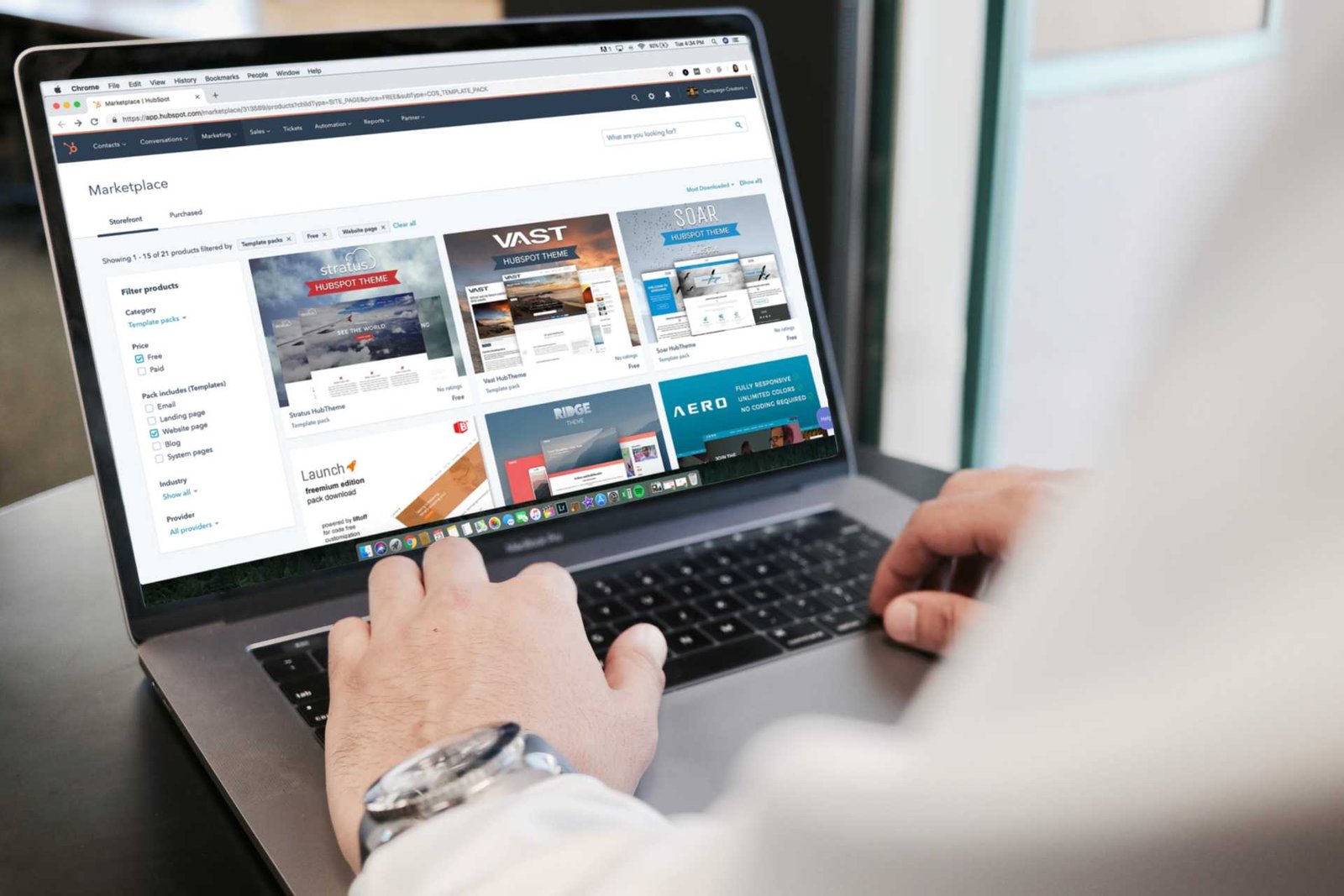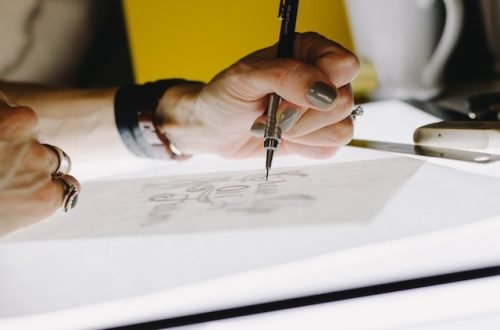Web Graphics Design for E-Commerce Websites: A Complete Guide
In the world of e-commerce, having a visually appealing and user-friendly website is essential for attracting and retaining customers. One of the key components of a successful e-commerce website is its graphic design. From product images to marketing banners, graphics design can make or break a website’s success.
In this article, we’ll explore the best practices and tips for web graphics design for e-commerce websites. Whether you’re just starting out or looking to improve your current website, this guide will help you create a website that’s not only aesthetically pleasing but also functional and user-friendly.
1. The Importance of Web Graphics Design for E-Commerce Websites
Web graphics design is essential for creating a successful e-commerce website. It includes designing the website’s overall layout, color schemes, typography, images, and other visual elements that can improve the website’s usability, functionality, and aesthetics. It can help to create a memorable and engaging shopping experience that encourages customers to browse, interact, and make purchases.
A well-designed e-commerce website can also improve customer satisfaction and loyalty. If customers have a positive experience with your website, they are more likely to return and recommend it to others. This can lead to increased traffic and revenue, making web graphics design a crucial component of any e-commerce marketing strategy.
2. Best Practices for Web Graphics Design in E-Commerce Websites
Here are some best practices for web graphics design in e-commerce websites:
2.1. Layout and Navigation
The layout and navigation of an e-commerce website are crucial for making it easy for customers to find what they’re looking for. The website’s layout should be clear, uncluttered, and intuitive. Navigation menus and buttons should be easy to locate and use, and the website’s hierarchy should be clear.
2.2. Color Schemes
The color scheme of an e-commerce website can have a significant impact on the user experience. Colors can evoke certain emotions and moods, which can influence customer behavior. For example, red is often associated with excitement and urgency, making it a popular choice for call-to-action buttons. Blue, on the other hand, is often associated with trust and reliability, making it a good choice for e-commerce websites.
2.3. Typography
Typography is an essential aspect of web graphics design. The fonts used on the website should be legible and easy to read. They should also be consistent across the website to maintain a cohesive look and feel.
2.4. Images
Images are critical for creating an engaging and visually appealing e-commerce website. High-quality images can help to showcase products and make them more attractive to customers. They can also help customers get a better understanding of the products and their features. It’s essential to use images that are clear, high-resolution, and showcase products from different angles.
2.5. Call-to-Action (CTA) Buttons
CTA buttons are crucial for driving conversions on an e-commerce website. They should be eye-catching, prominent, and easy to find. The text on the button should be clear and straightforward, and it should clearly indicate the action that the customer will take when they click on the button.
2.6. Responsive Design
Responsive design is essential for e-commerce websites. It ensures that the website looks and functions properly on different devices, such as desktops, laptops, tablets, and smartphones. This can help to provide a consistent user experience across all devices and increase customer satisfaction.
3. Tools for Web Graphics Design in E-Commerce Websites
Tools that can be used for web graphics design in e-commerce websites:
3.1. Adobe Creative Suite
Adobe Creative Suite is a popular set of tools for web graphics design. It includes applications such as Photoshop, Illustrator, and InDesign, which can be used to create graphics, images, and layouts for e-commerce websites.
3.2. Canva
Canva is a web-based tool that can be used to create graphics, images, and layouts for e-commerce websites. It offers a range of templates and pre-designed graphics
4. Trends in Web Graphics Design for E-Commerce Websites
Web graphics design for e-commerce websites is constantly evolving, with new trends and best practices emerging each year. Here are some of the latest trends in web graphics design for e-commerce websites:
4.1. Minimalist Design
Minimalist design has been a popular trend in web graphics design for the past few years. It involves using simple and clean designs that are easy to navigate and understand. Minimalist design can help to create a sense of sophistication and elegance, which can be appealing to customers.
4.2. Interactive Graphics
Interactive graphics are becoming increasingly popular in web graphics design for e-commerce websites. They can help to engage customers and encourage them to interact with the website. Examples of interactive graphics include product carousels, interactive maps, and 360-degree product images.
4.3. Bold Typography
Bold typography is another trend in web graphics design for e-commerce websites. It involves using large and eye-catching fonts to create a strong visual impact. Bold typography can help to draw attention to important information on the website, such as product descriptions, sales promotions, and calls to action.
4.4. Video Content
Video content is becoming more prevalent in web graphics design for e-commerce websites. It can be used to showcase products in action, provide instructional content, and create a more engaging user experience. Video content can also help to increase the time customers spend on the website, which can lead to increased sales.
5 Effective tips for e-commerce businesses looking to improve their web graphics design:
- Conducting user testing to ensure the website is easy to use and navigate
- Ensuring the website is optimized for search engines by using relevant keywords and meta descriptions
- Making the website accessible to all users, including those with disabilities
- Providing high-quality images and videos of products to help customers make informed purchasing decisions
- Regularly updating the website with fresh content and design to keep customers engaged and coming back for more.
By incorporating these tips and following best practices, e-commerce businesses can create effective and visually appealing web graphics designs that help drive conversions and customer loyalty.














